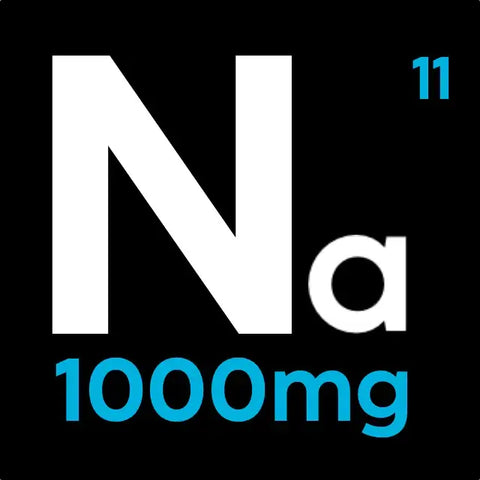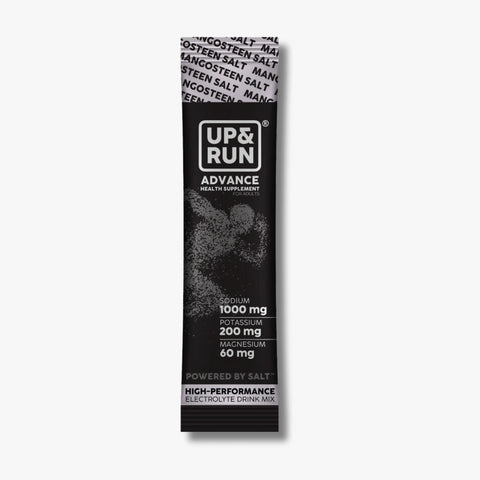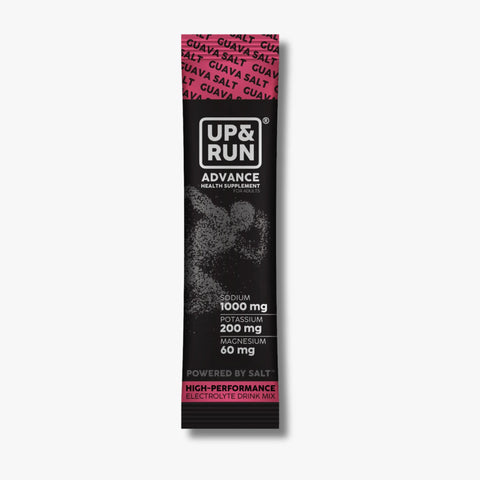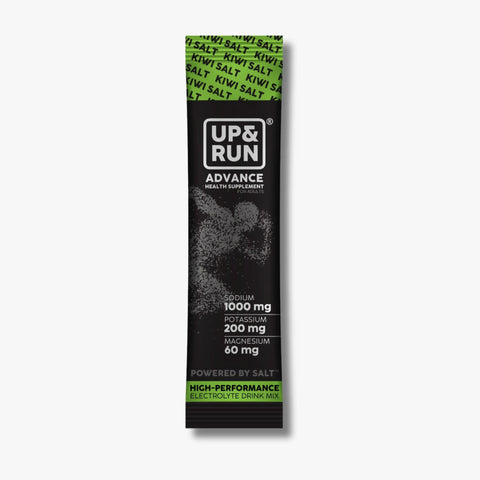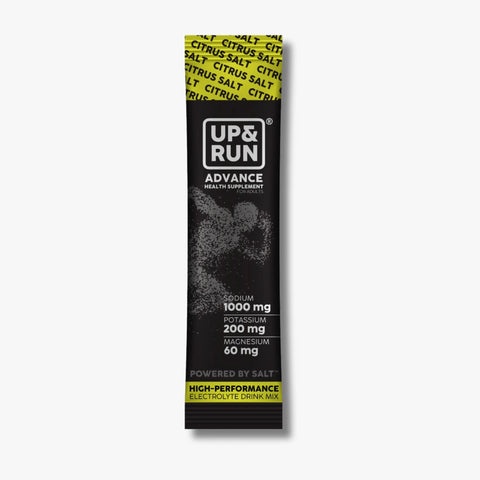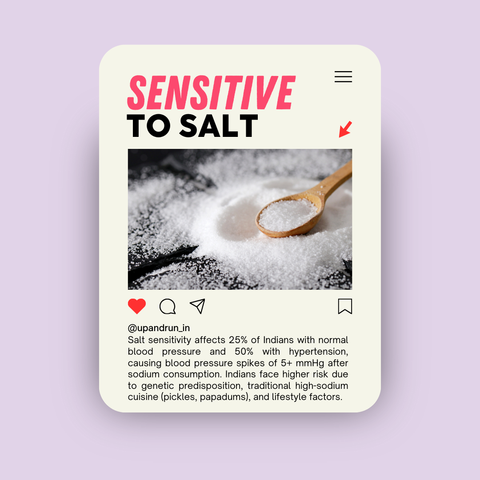
Are you experiencing sudden blood pressure spikes after consuming your favorite namkeen or enjoying a delicious plate of biryani? You might be dealing with salt sensitivity, a condition that affects millions of Indians but often goes undiagnosed. As India faces a growing hypertension epidemic, understanding salt sensitivity has become more crucial than ever.
What is Salt Sensitivity?
Salt sensitivity, medically known as salt sensitivity of blood pressure (SSBP), occurs when your blood pressure increases significantly in response to sodium consumption. Healthcare professionals define it as a rise of at least 5 mmHg in blood pressure when salt intake changes.
In India, where traditional cuisine is naturally rich in sodium through ingredients like pickles, papadums, and various masalas, salt sensitivity can be particularly challenging to manage. The condition affects approximately 25% of people with normal blood pressure and over 50% of those already diagnosed with hypertension.
The Indian Context: Why Salt Sensitivity Matters More Here
India has one of the world's highest burdens of hypertension, with over 200 million adults affected. Several factors make salt sensitivity particularly relevant in the Indian context:
-
Traditional Diet Patterns: Indian cuisine naturally contains high sodium levels through fermented foods, pickles, and salt-cured preparations
-
Genetic Predisposition: Certain genetic variants more common in South Asian populations increase salt sensitivity risk (Study on South Asian genetics and hypertension)
-
Climate Factors: India's hot, humid climate leads to increased sodium loss through sweat, creating confusion about appropriate intake levels
-
Lifestyle Changes: Urbanization has led to increased processed food consumption while reducing physical activity
-
Limited Awareness: Many Indians remain unaware that their blood pressure fluctuations might be salt-related
Understanding Sodium's Role in Blood Pressure Regulation
Sodium acts as a crucial regulator of blood volume and pressure in your body. When you consume sodium, your body temporarily retains more water to maintain proper electrolyte balance. In healthy individuals, the kidneys efficiently process and excrete excess sodium within 20-30 minutes.
However, salt-sensitive individuals cannot process sodium as efficiently. Their blood pressure remains elevated for extended periods, potentially leading to long-term cardiovascular complications.
Key Factors Contributing to Salt Sensitivity in Indians
1. Genetic Predisposition
Research indicates that certain genetic variations affect how efficiently your kidneys process sodium. South Asian populations show higher frequencies of specific genetic variants that impact:
-
Sodium-bicarbonate cotransporter function
-
Renin-angiotensin system regulation
-
Aldosterone sensitivity
2. Insulin Resistance and Metabolic Health
The rising prevalence of diabetes and metabolic syndrome in India directly correlates with increased salt sensitivity. Insulin resistance affects how your body handles both glucose and sodium, creating a dangerous cycle where:
-
High insulin levels promote sodium retention
-
Sodium retention increases blood pressure
-
Elevated blood pressure worsens insulin resistance
3. Kidney Function Variations
Even without diagnosed kidney disease, many Indians have subclinical kidney function impairments due to:
-
Chronic dehydration from hot climates
-
Traditional remedies that may affect kidney function
-
Genetic factors affecting renal sodium processing
-
High rates of diabetes affecting kidney health
4. Potassium Deficiency
Modern Indian diets often lack adequate potassium, a mineral that naturally balances sodium's effects. Traditional diets rich in fresh fruits, vegetables, and whole grains provided natural potassium sources. However, urbanization has led to:
-
Reduced consumption of fresh produce
-
Increased reliance on processed foods
-
Lower overall potassium intake relative to sodium
Potassium and sodium balance is essential for healthy blood pressure regulation.
5. Chronic Stress and Lifestyle Factors
Urban Indian lifestyles contribute to salt sensitivity through:
-
Chronic stress affecting the sympathetic nervous system
-
Irregular sleep patterns disrupting hormonal balance
-
Sedentary behavior reducing natural sodium excretion
-
Air pollution potentially affecting cardiovascular health
Recognizing Salt Sensitivity Symptoms
Primary Symptoms of Salt Sensitivity:
-
Blood Pressure Spikes: Noticeable increases after consuming salty foods
-
Fluid Retention: Swelling in hands, feet, or around eyes
-
Excessive Thirst: Increased water consumption after salty meals
-
Frequent Urination: Body's attempt to restore sodium balance
-
Morning Headaches: Particularly after consuming salty dinner
Distinguishing from Low Sodium Symptoms:
While salt sensitivity involves excess sodium, many Indians actually suffer from sodium deficiency due to:
-
Excessive sweating in hot climates
-
Inadequate replacement of lost electrolytes
-
Over-restriction of salt due to hypertension fears
Low Sodium Symptoms Include:
-
Persistent fatigue and weakness
-
Muscle cramps, especially during exercise
-
Dizziness upon standing
-
Confusion and irritability
-
Brain fog and concentration issues
-
Heat exhaustion symptoms
The Indian Dietary Challenge
High-Sodium Foods in Indian Cuisine:
-
Pickles and Chutneys: 800-1500mg sodium per serving
-
Papads: 200-400mg sodium per piece
-
Processed Snacks: 300-600mg sodium per serving
-
Ready-to-eat Meals: 800-1200mg sodium per serving
-
Restaurant Food: Often contains 2-3 times home-cooked levels
Hidden Sodium Sources:
-
Baking soda in traditional recipes
-
Eno and other digestive aids
-
Processed spice mixes
-
Canned and packaged foods
-
Bread and bakery items
The Role of Proper Electrolyte Balance
Managing salt sensitivity isn't just about reducing sodium—it's about achieving optimal electrolyte balance. UP&RUN's approach focuses on:
-
Balanced Formulation
-
Appropriate sodium levels for Indian climate
-
Adequate potassium to counter sodium effects
-
Magnesium for cardiovascular health
-
Natural ingredients without artificial additives
Climate-Appropriate Solutions
-
Higher electrolyte concentrations for hot weather
-
Rapid absorption formulas for quick rehydration
-
Sustained-release options for all-day balance
-
Flavours that encourage consistent consumption
Conclusion: Taking Control of Your Salt Sensitivity
Salt sensitivity doesn't have to limit your enjoyment of Indian cuisine or compromise your health. By understanding your body's unique response to sodium and implementing a comprehensive management strategy, you can maintain optimal blood pressure while enjoying the foods you love.
Remember, managing salt sensitivity is a journey, not a destination. Work with healthcare professionals, monitor your response to dietary changes, and use quality electrolyte solutions like UP&RUN to support your journey toward better cardiovascular health.
The key is finding your personal balance—enough sodium to support optimal hydration and performance, but not so much that it compromises your blood pressure. With the right approach, you can thrive in India's climate while maintaining excellent cardiovascular health.




